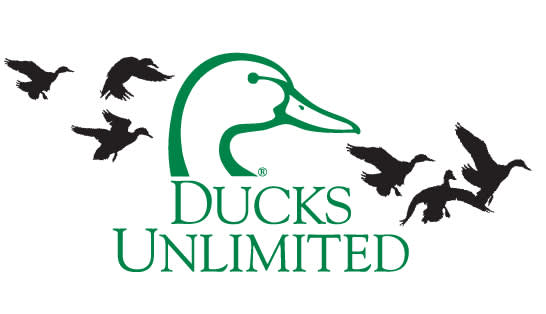Ducks Unlimited Offers Breakwater Prioritization Web Application
Ducks Unlimited 08.12.13

Ducks Unlimited is pleased to announce the availability of its Breakwater Prioritization Report and Web Mapping Application. The leader in wetlands conservation has developed a decision-support tool to prioritize shoreline protection needs along the Texas mid-coast portion of the Gulf Intracoastal Waterway (GIWW) and encourages conservation partners and coastal landowners to utilize the newly available science to most efficiently direct wetlands resoration and protection efforts along the Gulf Coast.
“There is a need to protect coastal marsh from erosion along most of the GIWW, but we realize that costs associated with protecting the entire length are considerable,” said DU Manager of Conservation Programs Todd Merendino. “That’s why we developed the breakwater prioritization model to identify the areas most critical for protecting wetlands for waterfowl and other coastal wildlife. This model allows prioritization of conservation efforts and spending.”
The GIWW has federal and state economic importance, as it provides an effective and safe transportation system. However, continued shoreline erosion and alteration or loss of marsh through saltwater intrusion impacts the ability of these wetland systems to support wintering waterfowl populations and other coastal fish and wildlife. From its initial construction to the current day, the GIWW has widened significantly, in some places to more than 10 times its original width, thus impacting adjacent coastal marshes of ecological and economic importance.
Through the use of advanced geospatial tools and techniques, DU developed the web application as a tool for landowners, agencies, private industry and conservation organizations to use in identifying immediate threats to coastal marshes and for prioritizing breakwater implementation.
Through partnerships, DU has already designed and constructed more than 16,000 linear feet of rock breakwaters along the GIWW to protect critically important wetland habitats threatened by saltwater intrusion and erosion.
Rock breakwaters are robust, durable structures employed to slow wave energy, stabilize shorelines and support marsh growth along the GIWW shoreline. They also protect against degradation of interior marshes. However, implementation can be costly.
Ducks Unlimited emphasizes the potential for broad use and application of the model. Landowners that stand to lose coastal marsh, conservation partners concerned for the habitat needs of a variety of coastal and migratory species and industries with infrastructure along the GIWW can all benefit from using the prioritization model. More than 150 miles of priority shoreline have been identified through this exercise.
“DU offers this information to its partners and interested parties as a method to evaluate, prioritize and strategically deliver breakwater protection where it is most urgently needed and compatible with navigation and land management,” Merendino said.
For more information on the breakwater web application and prioritization model, please visit http://sroarcgis.ducks.org/breakwater/ or contact Mike Mitchell, DU GIS/RS analyst at mmitchell@ducks.org or (601) 956-1936.

